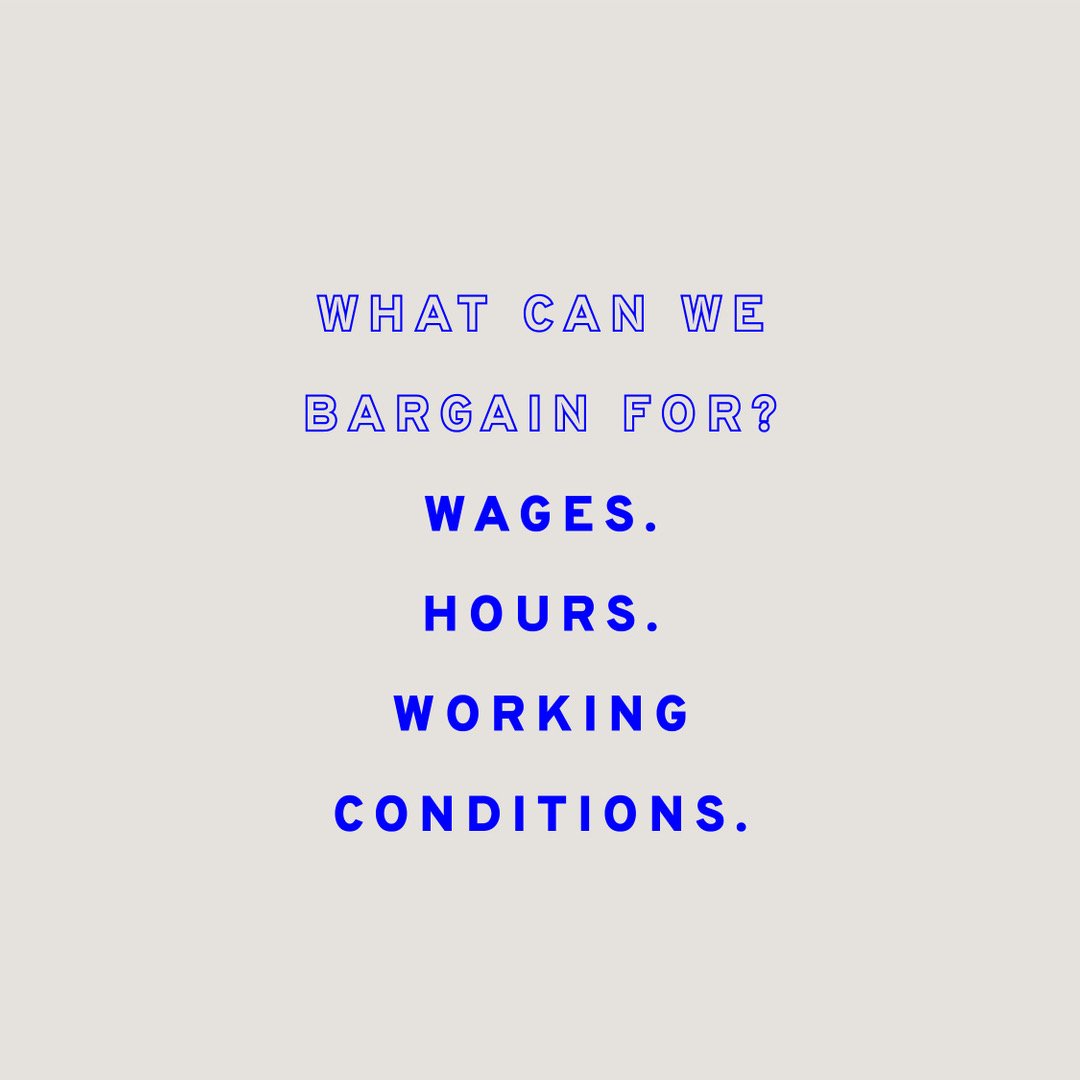#296 - UNIONIZING ARCHITECTURE WITH ARCHITECTURAL WORKERS UNITED
SUMMARY
This week David and Marina are joined by Architecture Workers United (AWU) Members Andrew Daley, Associate Organizer at IAMAW and Jennifer Siqueira, Project Architect at Bernheimer Architecture to discuss their involvement with the AWU; the fundamentals of unions and how to start one; the state of unionization in the profession; the pros and cons of forming a union; and more. Enjoy!
ABOUT ANDREW & JENNIFER
Andrew Daley is an organizer, activist, and licensed architect living and working in Brooklyn. He is currently working with the International Association of Machinists and Aerospace Workers (IAMAW) on organizing efforts within the architecture industry. He has 12 years of experience working for a number of offices in multiple states, most recently for 7 years at SHoP Architects as a Project Director working on US embassies worldwide.
Jennifer Siqueira, an architectural worker and a registered architect, was one of the core organizers of the unionisation efforts at SHoP, where she worked for four years working on the design of US embassies worldwide. While pursuing her Masters degree in architecture at UC Berkeley, Jennifer won the John K. Branner Traveling Fellowship which allowed her to execute post-occupancy evaluations for dozens of housing projects built for displaced communities around the world. Prior to Graduate School, Jennifer founded and directed the Miami Chapter of Architecture for Humanity for several years and later became the Studio Leader for socially-driven architectural projects at Oppenheim Architecture. She is a member of The Architecture Lobby and an active member of Architectural Workers United.
TIMESTAMPS
(00:00) Introduction to Andrew and Jennifer
(6:10) Architecture Workers United (AWU)
“We're workers in architecture. We're also part of a larger sort of labor movement, this isn't happening in isolation. We're not doing anything that's completely new. Yes, it is new for architects, but it's not new in the grand scheme of things and so for any questions, any doubts, any fears, we never have to like think up solutions from our own imagination. We just have to tap into an existing historical pool of knowledge.” (18:44)
(23:04) What are Unions?
“Effectively you're saying, we, a group of workers or a majority of a group of workers, want to be represented by a union, want to form a union, and we want those federally protected rights. And the main thing that employers should know is that sometimes because we're not really all that familiar with what a union is, especially in architecture, we think of it like this big thing, but it's really a way for us just to sit down and write a contract together in a way that's negotiable. Both sides are negotiating things that will be impacting wages, hours, and working conditions of your employees. So basically, that's all we're allowed to have a say in and that's what a union is there for.” (29:55)
(54:16) Why there isn’t a single profession-wide union?
(57:30) How to form a union
(01:18:15) How offices can benefit from unions
“If there are a bunch of firms who are asking for the same thing at that level because they have to, now they're required to compensate their employees for all the hours that they produce and all the renders and all the options then they're all going to have much more leverage in defining what the fees are that whichever client it is they're asking for.” (01:26:08)
(01:20:36) Affiliating with a larger union
(01:28:26) State of the profession and unionization
(01:44:26) Cons of starting a union
“Realistically speaking, unionizing is very hard. So the con is it requires constant work. It's something that you have to take the time to have those conversations with all your coworkers, try to figure out what the heck you're doing. What are the steps that you have to take? We have weekly meetings, sometimes twice a week, and we're constantly meeting and trying to figure out, “How do we approach this question for our boss?" It's not easy. So one of the main reasons why unions in architecture don't exist is that it's a lot of work and we're overworked.” (01:53:26)
(01:57:25) Resources for starting a union
(01:59:54) Long-term benefits of a union

























